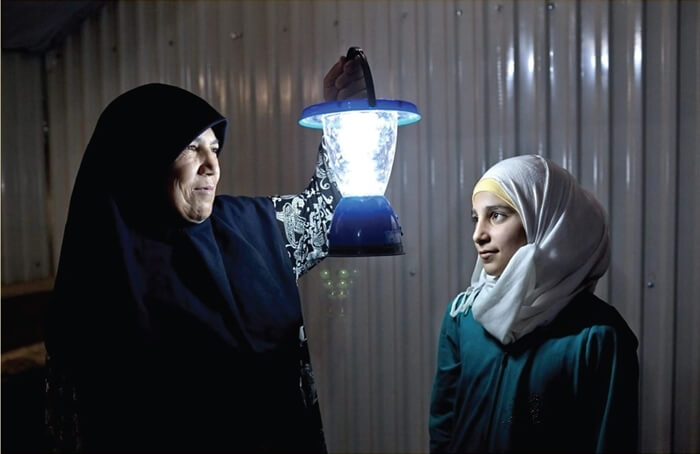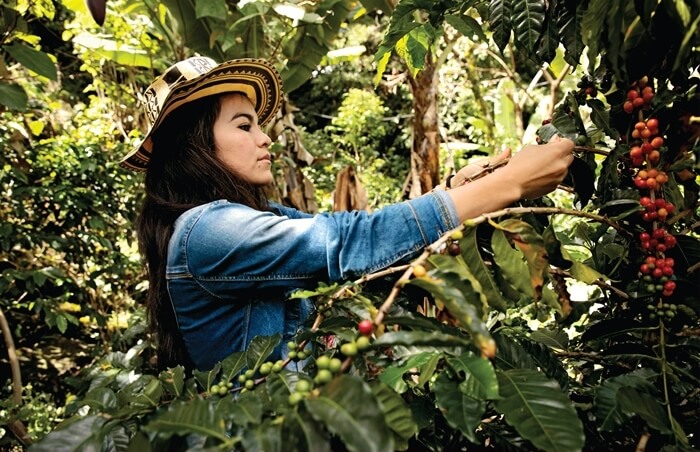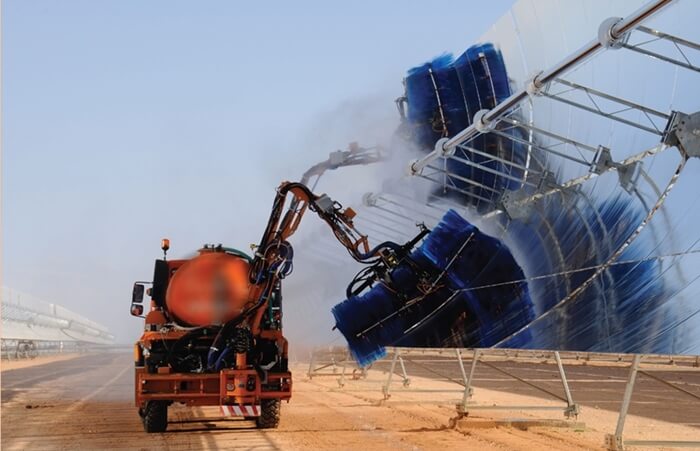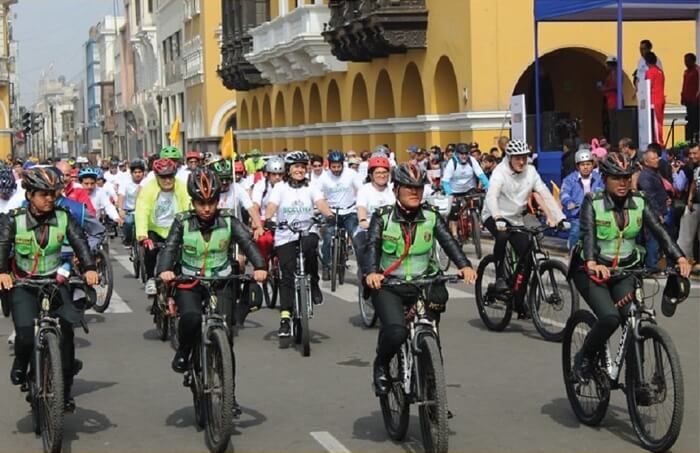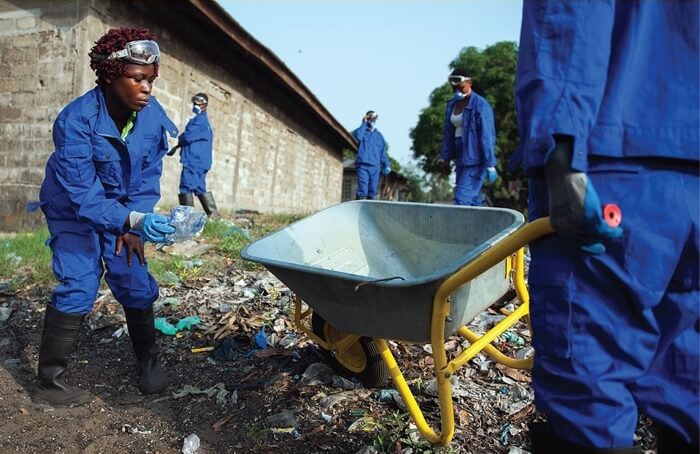Excerpt from centralbanking.com
Central banks are playing a leading role in greening the financial sector, by such means as assessing climate-related risk in the financial sector or estimating the environmental impact of assets. There is another way in which they can affect the environment: by changing their own operations and premises.
In 2017, the Eastern Caribbean was hit by an especially violent series of hurricanes. In the aftermath, Eastern Caribbean Central Bank governor Timothy Antoine said the island economies needed to become more resilient and to reduce their own carbon output. The ECCB set out to become entirely carbon-neutral in its own operations by the end of 2022. The central bank serves a currency area comprising six states and two overseas territories.
By World Bank rankings, four of the six states are ‘upper-middle-income’ economies, and two are ‘high-income’. The ECCB’s headquarters are located on the largest island in the state of Saint Kitts and Nevis. The St Kitts premises had previously received all its electricity from the state-owned St Kitts Electricity Company, largely generated by carbon-intensive methods.
The ECCB’s leadership decided to cut the premises’ power consumption, and, more radically, to install solar photovoltaic (PV) panels to provide power. The final design saw the panels installed in a series of canopies erected on pillars above the cars in the premises’ car park. The ECCB named the project its ‘solar canopy’.

Island Innovation is a social enterprise and digital media company at the intersection of sustainable development and communications, offering specialised services across various sectors. We bring together the private sector, government, utilities, NGOs and universities to advance innovation for sustainability and prosperity in islands worldwide.

